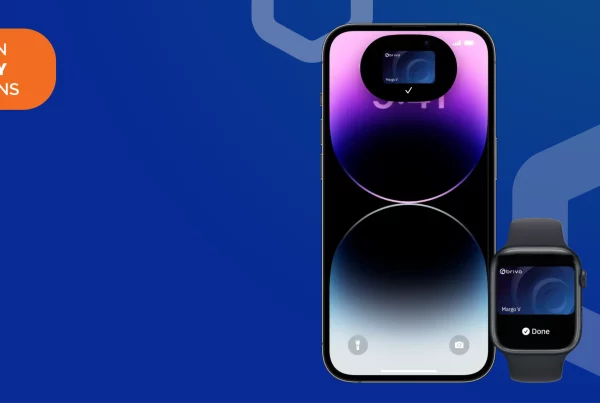What Is an NFC Key Fob and How Does It Work?
An NFC key fob is one of the most practical contactless entry alternatives available today. Why are these devices so fantastic? In addition to being tiny, covert, and having a short transmission range, it has to do with being touchless. Short ranges are often not an advantage, but when it comes to access control, they are a useful safety feature.
Commercial security cameras for business
- Business security cameras with enhanced coverage and IR that improve situational awareness
- Video analytics with AI to find incidents
- Hours of video are easily sorted through by Video Search to locate a suspicious person or vehicle.
- Integrates with third-party ONVIF® compliant platforms
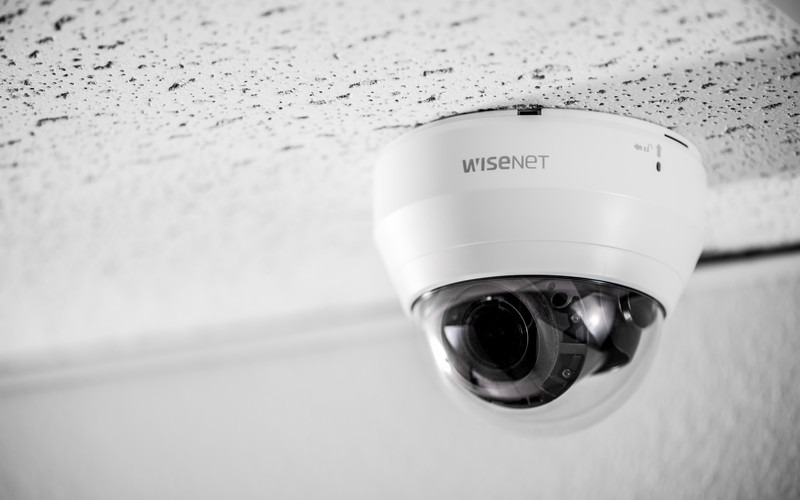
Near Field Communication Basics: NFC
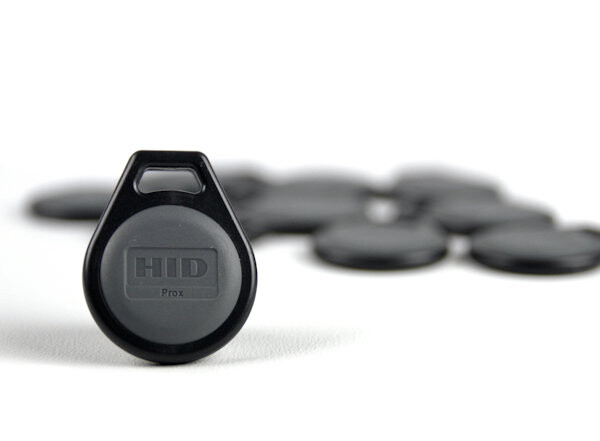
NFC stands for “Near Field Communication,” which directly alludes to the extent of the device’s communication range.
Any NFC device (or RFID device, for that matter) is built around a tiny metal coil. The magnetism causes the coil within the reader device to produce an electric current when this coil enters the field of magnetism created by the reader device. “The handshake” is the name for this first handshake.
A small chip attached to the coil within the NFC key fob may communicate a data packet to the chip in the reader after the two devices have established contact and shook hands. The reader can determine the NFC access card’s “identification,” or who is permitted to pass the lock, thanks to this data packet. This is also how use data is gathered for NFC cards and fobs, which may act as keys for electronic locks.
The entire procedure takes less than a second.
NFC and Smartphones
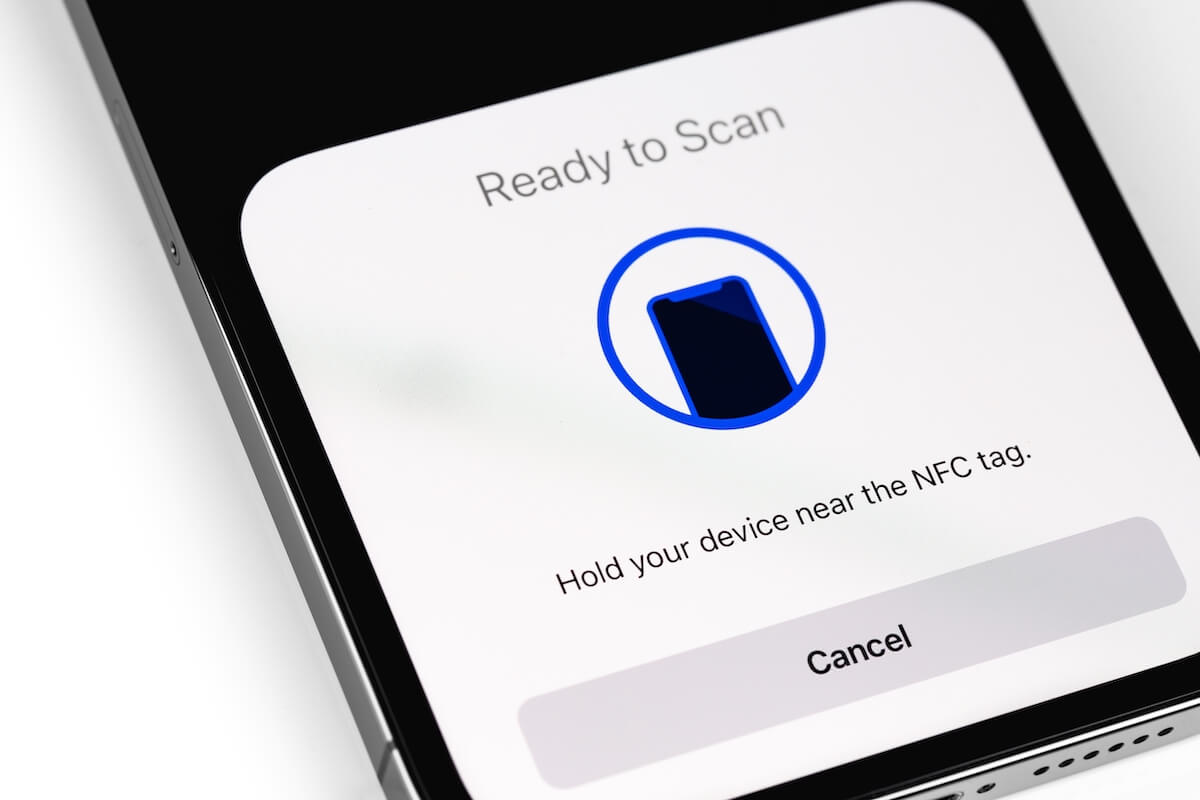
Every smartphone made by Apple and Samsung also has NFC capability. These devices may function as both an NFC reader and an NFC key, often with the aid of an app to provide the required software.
As this post has a different focus, we won’t go into specifics on how it works. Nevertheless, if you’re interested in learning more about utilizing smartphones as key cards, you can read one of our blogs on the subject.
NFC Key Fob Aplications
All NFC gadgets include the little chip that houses the data. This implies that you may assign various key fobs to various clearance levels.
In workplaces, industrial facilities, and multi-tenant settings, this chip and the information it holds may be utilized in a variety of ways that can be extremely helpful.
All of these applications, which all entail customizing access control for optimal security, have to do with it.
- All of the building’s outside entrances are accessible to Fob A.
- Fob B may access critical places like server rooms or data storage facilities using both external and interior doors.
- Fob C is able to enter equipment cages with restricted access and outdoor doors, but not the server room.
These key fobs may also be used as access codes to open computers or even specific pieces of equipment that uses computers. By using NFC fobs for this, it is possible to restrict access to both locations and specific devices, making sure that untrained individuals are unable to activate and use any equipment they want.
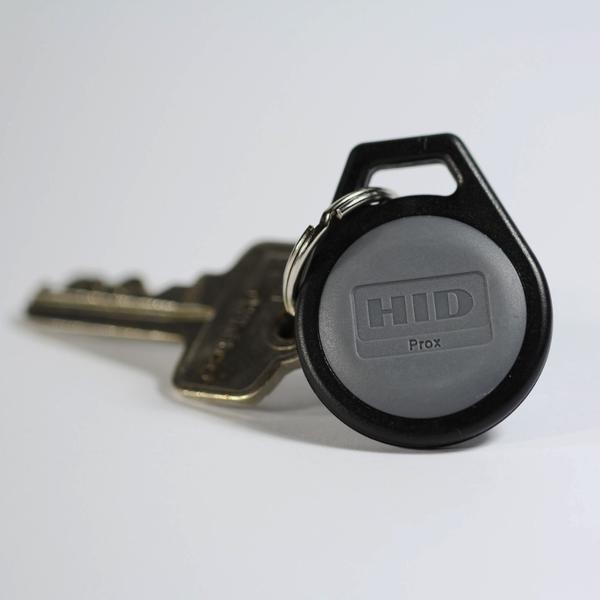
Can NFC Key Cards Get Hacked?
Every device that communicates by radio waves, such as Bluetooth, RFID, Wi-Fi, and NFC, is susceptible to hacking.
You (and your security staff) can take steps to make them much harder to break, though.
NFC key fobs in general are more difficult for hackers to access since they are often kept on an employee’s person rather than in a backpack that is more visible while they are out in public.
A hacker would need to be extremely close to the card in order to scan and duplicate it because NFC has a relatively small range of near field communication, making it less of a candidate for cloning than, example, a longer-range RFID card.
New NFC cards and key fobs also have encryption to safeguard the data being sent. This implies that the encryption used to secure the data on an NFC card is one that only its designated reader is aware of—not the reader used by a prospective hacker. The hacker can initiate a handshake using an encrypted NFC key fob, but it is unable to decode the data package, preventing it from copying the data and creating a duplicate key.
Businesses should think about two-factor authentication if they want to track access using NFC key fob credentials but are still worried about security risks.
This entails authorizing access to a closed door using two distinct credentials. This may be an NFC key fob combined with a PIN code or a biometric fingerprint lock. By doing this, it is guaranteed that even if near field communication is broken, the hacker will still be lacking a second element that is essential for unlocking a lock.
Which Is Better NFC or RFID?
In the security sector, radio frequency identification, or RFID, is widely used. NFC is older than RFID, which is frequently less expensive to deploy. Yet does that imply that it is superior?
NFC key fobs are more compact and can be more secure with the correct encryption. Also, their data chip can store a lot more data (which is part of why they are so handy in smartphones). They are by nature far more secure than longer-range RFID cards due to their limited transmission field.
Nevertheless, RFID cards are more cost-effective for security on a tight budget and are well-suited for situations where the card and the reader must be placed further apart. RFID cards with built-in encryption are being used more often, which also increases their security.
In retail and general office environments, when corporate sabotage is not a significant risk issue, RFID is frequently preferable. Due to its more secure architecture and lower profile, NFC tends to be preferable for industrial facilities or a firm dealing with sensitive information, or businesses of that sort.





